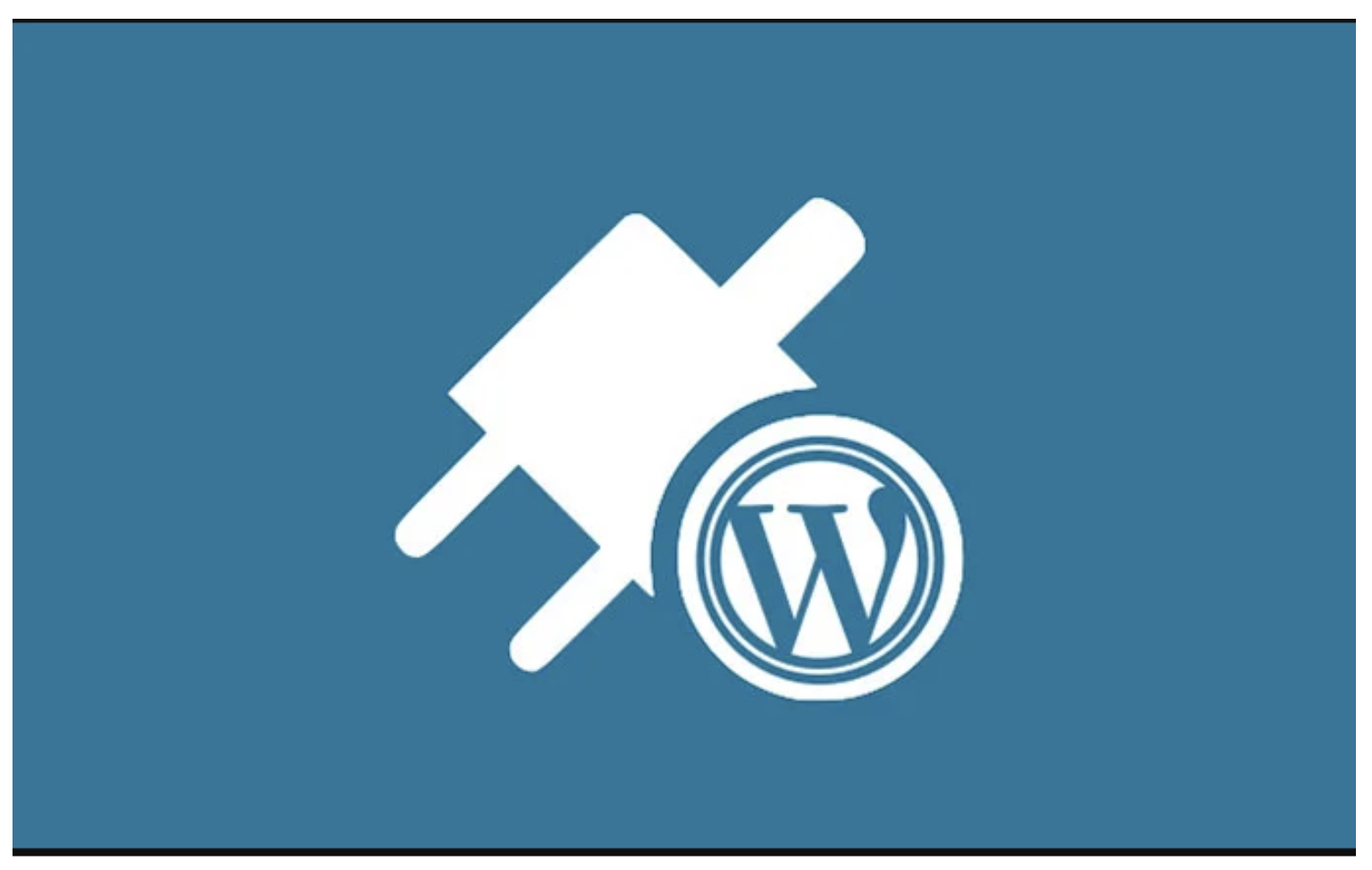The digitization of our lives in 2020 prompted a help in site utilization across the globe. Organizations hustled to observe ways of continuing offering types of assistance or selling items on the web. The organizations that were at that point online felt little tension; those that weren’t felt pressure to get on the web – quick.
This development made an auxiliary impact for some organizations – in particular, bunches of inquiries regarding the apparatuses used to deal with their sites.
What Plugins Are Right for My Business?
There are various modules accessible for each conceivable capacity your site might require. Some have permit expenses; some don’t. Some have each bell and whistle conceivable and others keep it basic.
Prior to introducing a module, think about the accompanying:
- Does the module do what I really want?
- Does the module give extra usefulness I needn’t bother with?
- Does the permit charge fit affordable enough for me?
- How all-around inspected is the module?
- When was the last time the module was refreshed?
- Is there a functioning help local area?
These equivalent inquiries can be posed for the modules you as of now have.
When Is the Right Time to Review My Plugins?
There are numerous warnings that demonstrate it’s an ideal opportunity to survey the modules you have on your site, including:
- You don’t have a clue what modules are running.
- You don’t have the foggiest idea of what modules give explicit usefulness to your site.
- Adding a new module breaks your site since it clashes with another module.
- The site breaks after an update on the grounds that a module isn’t viable with the most recent updates.
- The site is delayed to stack on the grounds that there are an excessive number of modules running.
- Your site has been hacked.
- You haven’t refreshed the modules on your site for an extensive stretch of time.
- In the event that you’re doing an overhaul and are evolving subjects, your current modules may struggle with the new topic.
Step by step instructions to Check Your Plugins with a Web Developer Dubai:
Following these basic advances may save your business from issues not too far off:
-
View the Plugins on Your Website
After you’ve signed into your WordPress dashboard, just snap on the “Modules” connect on the left-hand route. The following page to load will incorporate a rundown of all the modules on your site. Close to the top is the route that subtleties the number of modules are introduced on your site.
-
Click on the “Latent” Link
These modules are not effectively utilized on your site. In case you’re agreeable that a module won’t be utilized, we suggest erasing it from your WordPress climate. Regardless of whether modules are latent, they can in any case be utilized to introduce malware or contaminate your site.
-
Click on the “Dynamic” Link
Modules that are recorded as dynamic are at present being used on the site. Write down which modules you have.
-
Research “Dynamic” Plugins
Assuming you don’t know how a module is doing your site, it’s an ideal opportunity to discover! Data about each module is accessible by tapping the “View Details” interface close to a module.
-
Watch the Good and Bad Plugins
Take notes on your modules and make certain to write down the ones that don’t have positive data.
Modules with ideal numbers can stay as long as they give usefulness to your site.
Modules with not exactly good numbers ought to stand out enough to be noticed. Sort out if the module is expected to keep up with your site’s usefulness. Assuming it’s required, direct examination to find in case there’s another, a better module that could be utilized all things considered.
-
Plan to Manage Your Plugins into the Future
Keep your notes helpful and survey them at whatever point you choose to add to or eliminate usefulness from your site. Prior to adding a new module, follow similar interaction for inspecting its worth and how it might struggle with your present site.
On the off chance that any of the inquiries or steps above cause nervousness, it’s a smart thought to contact Dubai Web Developer who represents considerable authority in WordPress.








